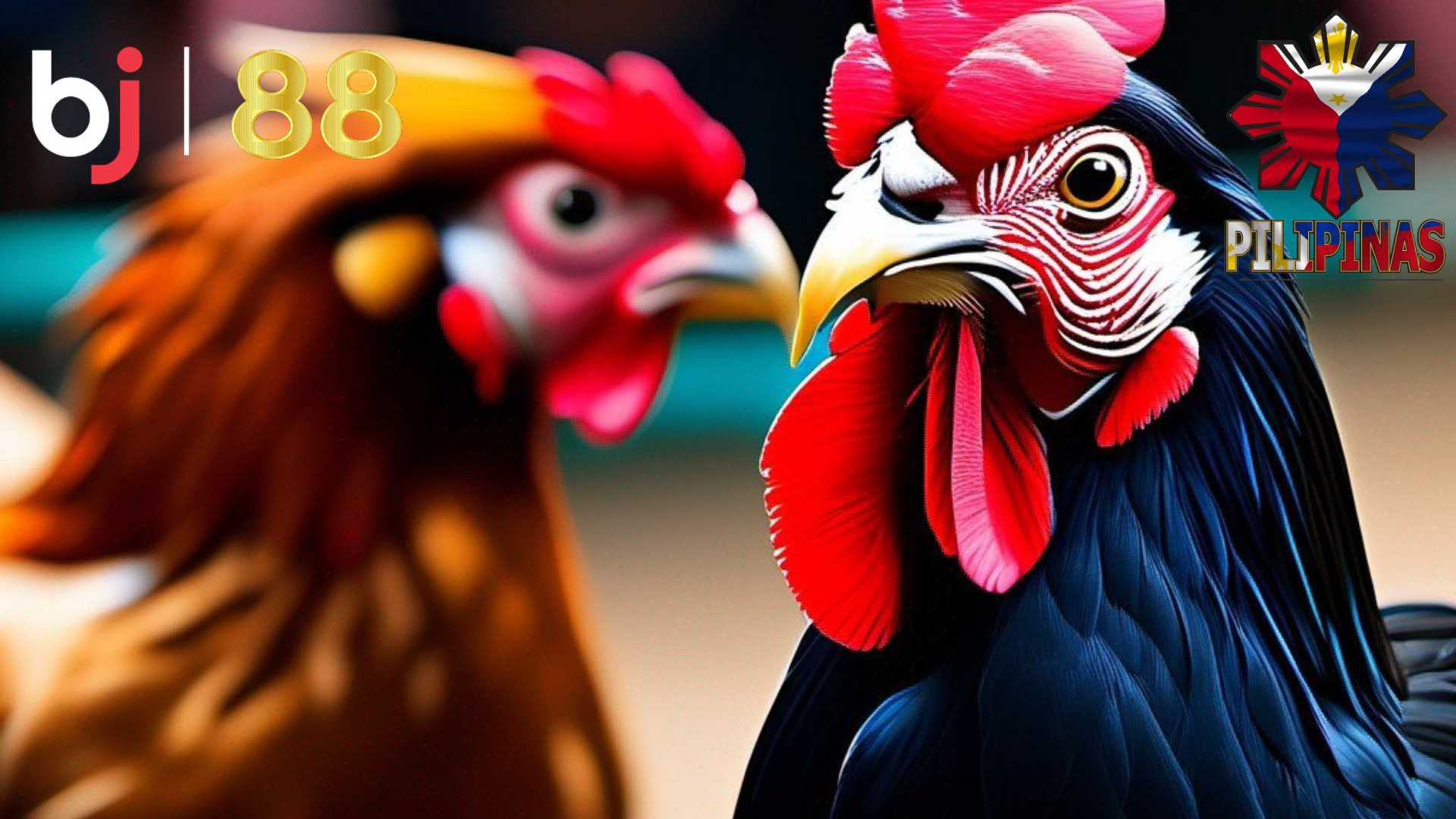Sabong, deeply ingrained in the tapestry of Filipino tradition, has entranced multiple generations with its exciting showcases of skill and strategy. Amidst the numerous discussions surrounding this longstanding sport lies the enigmatic concept of “Meron o Wala” (Win or None). This article seeks to delve into the captivating realm of Sabong patterns and the ongoing discussions regarding the existence of foreseeable outcomes.
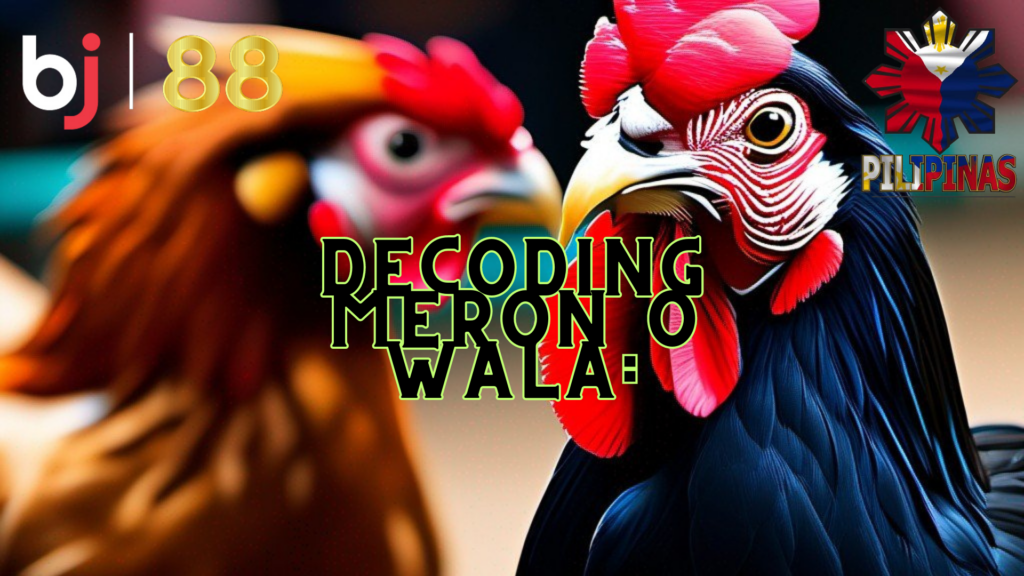
Within the fervent Sabong community, conversations frequently emerge regarding the presence of distinct patterns that foretell the fate of gamecocks in the arena. Enthusiasts and breeders alike participate in animated debates on whether specific indicators can anticipate a victory (“Meron”) or defeat (“Wala”). The elusive nature of these presumed patterns adds an additional layer of fascination to the already intricate fabric of Sabong.
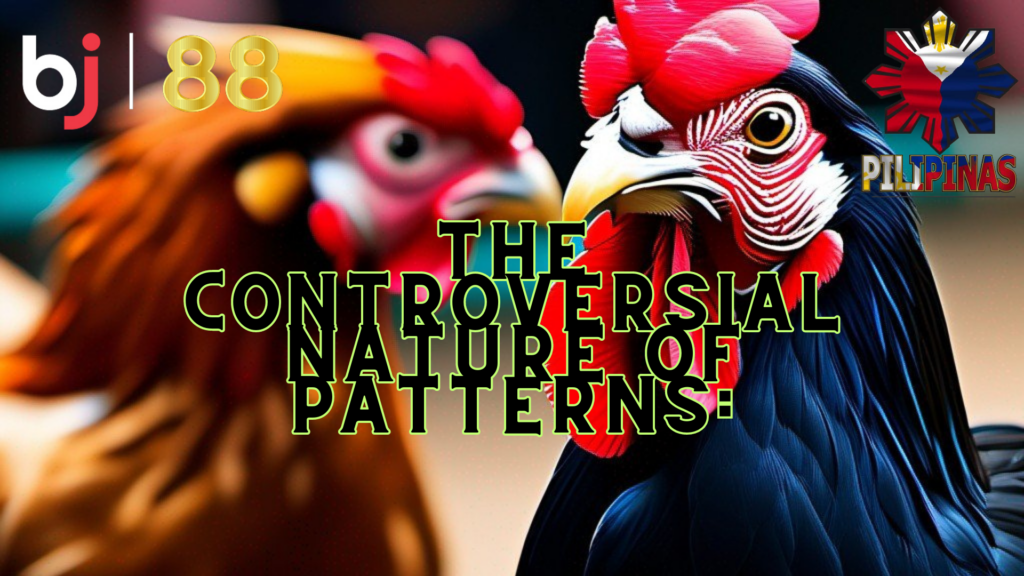
While some passionate Sabong enthusiasts assert the existence of identifiable patterns, others approach the subject with skepticism, considering Sabong as an inherently unpredictable sport. The question of whether certain behaviors, physical attributes, or even lineage can reliably predict outcomes remains a point of contention within the Sabong community.
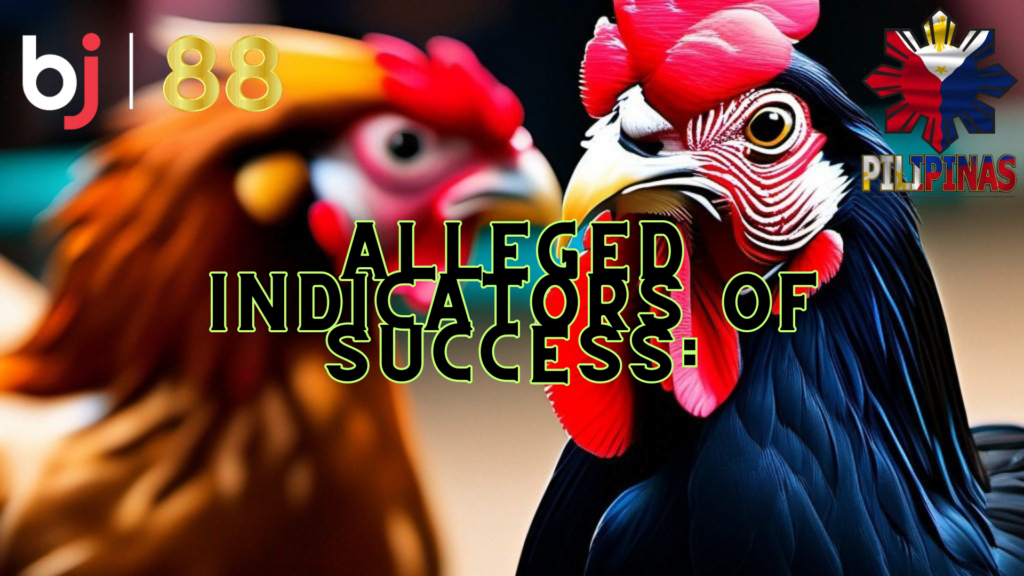
Advocates for the existence of Sabong patterns often reference various indicators that, in their opinion, may provide clues to a gamecock’s destiny. These indicators encompass the bird’s posture, condition of feathers, and even the timing of specific actions during a match. Some argue that certain breeds showcase winning characteristics, while others believe that a gamecock’s past performances might influence its future results. However, it’s crucial to emphasize that these claims often lack empirical evidence and are predominantly rooted in anecdotal observations.
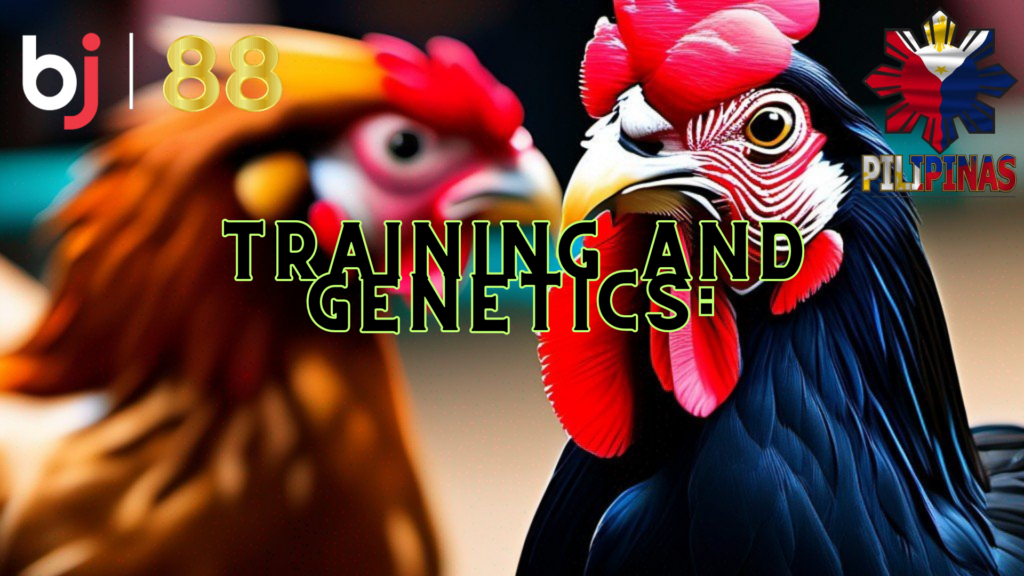
Despite the debates surrounding pattern existence, one cannot disregard the importance of training and genetics in Sabong. Accomplished handlers dedicate significant time and effort to training gamecocks, refining their physical abilities and combat skills. Additionally, selective breeding practices contribute to producing birds with desirable traits, potentially impacting their performance in the cockpit.
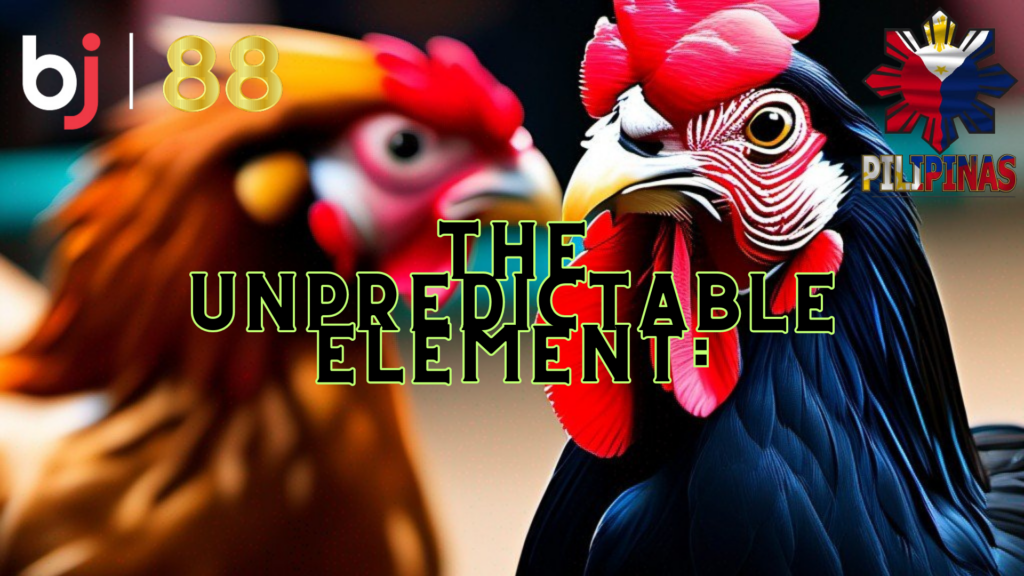
While discussions about patterns endure, the inherent unpredictability of Sabong remains a central theme. The sport involves live animal combat, introducing a multitude of variables that can sway the outcome of a match. Factors such as the individual temperament of gamecocks, unforeseen injuries, or unexpected strategies employed by opponents inject an element of chance that challenges the idea of predictable patterns.
CONCLUSION
As Sabong enthusiasts persist in lively discussions regarding the existence of “Meron o Wala” patterns, it’s crucial to acknowledge the sport’s rich cultural heritage. Whether one embraces the belief in patterns or perceives Sabong as a dynamic and unpredictable pursuit, the shared passion for this age-old tradition unifies a diverse community. In the intricate tapestry of Sabong, the ongoing debate over patterns introduces an additional layer of complexity, encouraging participants to explore the mysteries and subtleties that contribute to the enduring and endlessly captivating nature of this cultural phenomenon.

